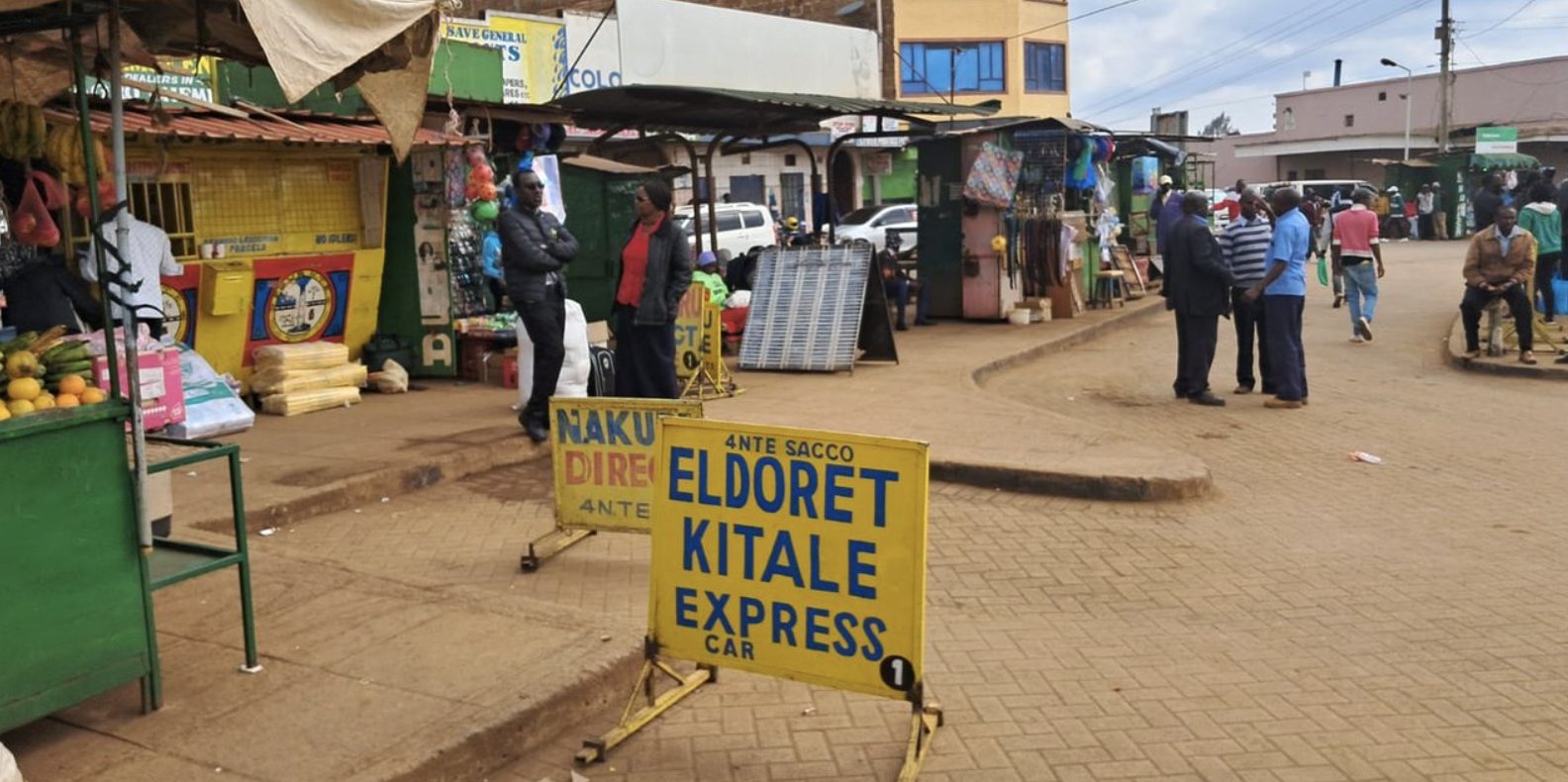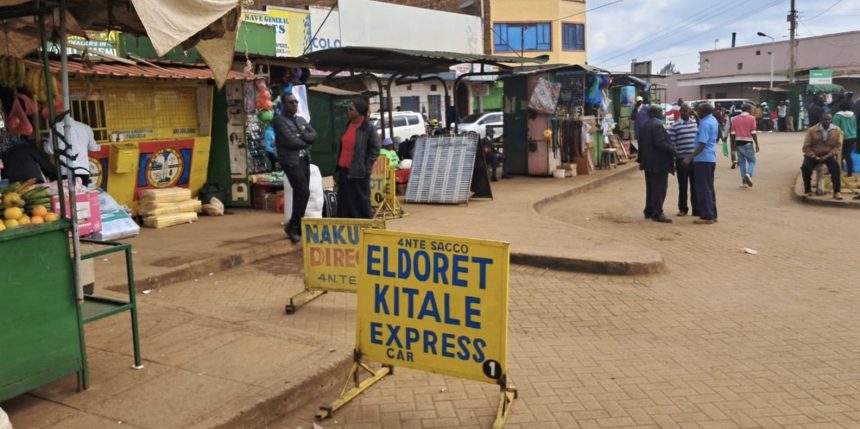Transport remained disrupted in many parts of the country as matatu operators and other public service vehicles made good on their threat to stay off the roads due to the planned mandatory re-testing of drivers.
This forced many commuters to brave the cold morning to walk to their places of work. In Nyeri, the town’s three main bus stations remained deserted as PSV operators heeded the strike call.
Matatu touts and drivers drove around the town, chasing away a few operators who were operating.
A matatu driver, Onesmus Githinji, said they would not allow some of their colleagues to continue working while they were on strike.
“Fuel prices affect all of us. If there is a strike, we should all go on strike. No one should benefit at the expense of others,” said Mr Githinji.
However, most shops in Nyeri town remained open as the region, which is seen as Deputy President Rigathi Gachagua’s base, joined the protests against the high cost of living.
In Bomet town, for example, commuters were hardest hit as they were forced to walk in the morning drizzle.
For the first time since the demonstrations began, public transport in Bomet was affected on Wednesday, with the main bus terminus deserted.
Matatus were withdrawn from the Bomet-Narok-Nairobi highway, Bomet-Kaplong Kisii highway and Kericho highway for fear of being attacked by protesters and also to strike over the new rules by Transport Cabinet Secretary Kipchumba Murkomen.
In Kericho, the same scenario prevailed as matatus were withdrawn from the Kericho-Kisumu, Kericho-Nakuru and Kericho-Kapsabet-Eldoret highways.
In Nyandarua, most of the Nairobi-bound public service vehicles remained parked at the main Ol Kalou stage and on the streets, with the stages deserted by matatu crews and passengers.
Mr John Karanja, a driver, said on normal days, about ten Nissan matatus leave Ol Kalou for Nairobi by 8am when the stage opens, but on Wednesday morning, only two had left Ol Kalou for Nairobi.
“The drivers and passengers are afraid that the situation in Nairobi will be bad because of the demonstrations. We also support the strike, the cost of fuel is unaffordable for many passengers. We have seen a drop in the number of passengers going to Nairobi since the fuel price hike, we have more parcels than passengers,” said the driver.

But a Nation spot check found some matatus operating to and from rural areas and between Ol Kalou, Nyahururu and Kinangop areas.
Some matatu operators said they were ready to return to work but feared being attacked by their striking colleagues.
In Mombasa, residents were forced to walk to work after matatu operators grounded their vehicles.
There were long queues at most bus stops, with some private vehicles taking advantage of the situation to charge commuters to different parts of the island.
In the Bamburi area, however, some matatus were operating as usual, although there were no school buses, which are a common sight in the early hours of the morning.
In Kisauni’s Bakarani area, youths fought running battles with police as they tried to block roads.
Police were forced to fire into the air to disperse the protesters. Four were arrested.
A small crowd had gathered in the city’s Mapembeni area by 9.30 am in preparation for the protests. Shops were open as usual at 8am.
Truckers also stayed off the Northern Corridor, affecting the transport of export goods from Mombasa.
In Voi, matatus operated as normal.



